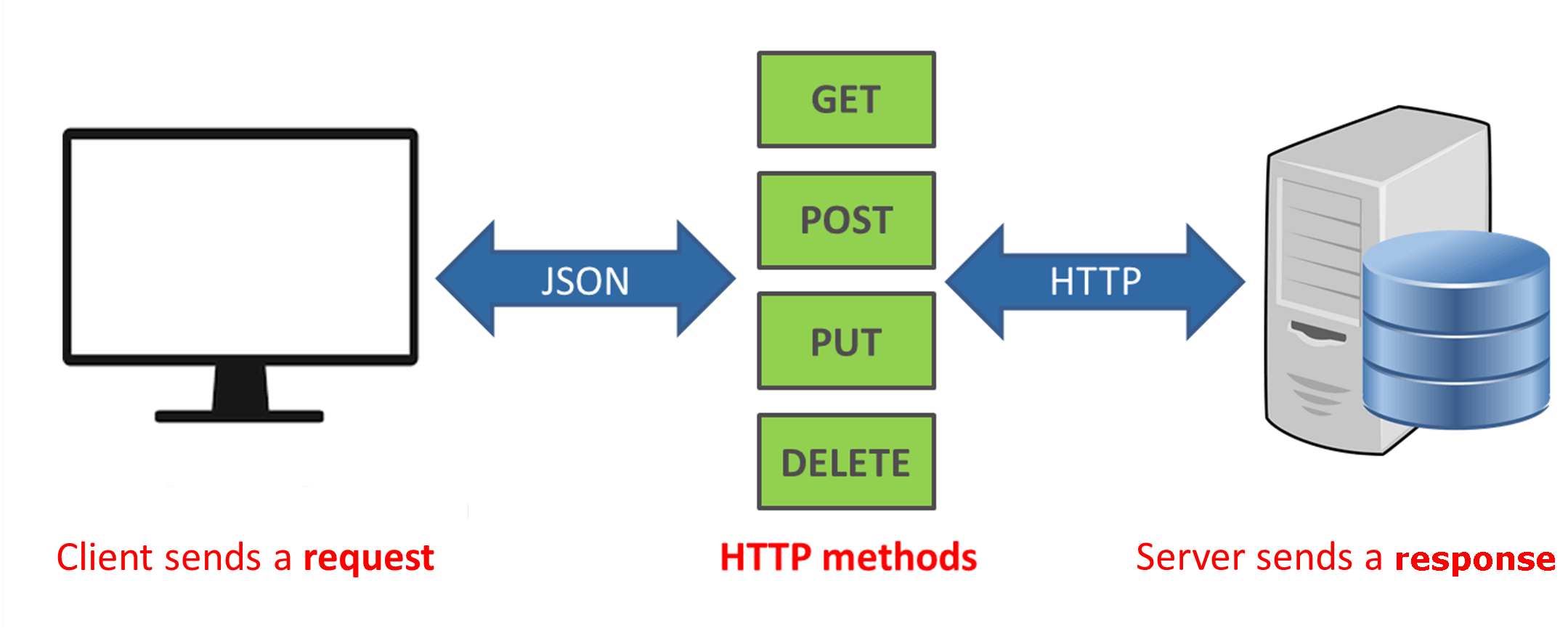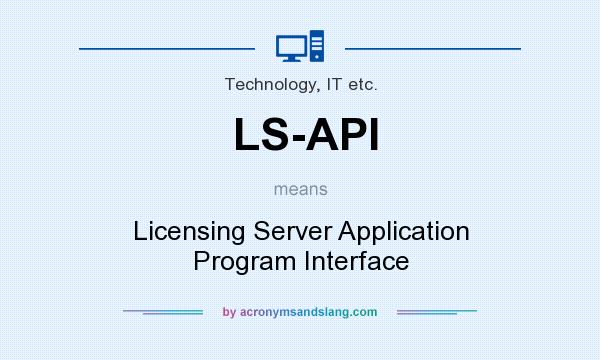
#API STANDS FOR SOFTWARE#
A metric ton of West Texas Intermediate, with an API of 39.6, will produce 7.6 barrels (at 42 gallons each).An application programming interface (API) is a set of tools, definitions, and protocols for integrating application software and services. The fluctuation as to what constitutes light crude in a given region is the result of commodity trading in oil.īecause density is a measure of weight per volume, API can be used to calculate how many barrels of crude can be extracted from a metric ton of a given oil. These are only rough valuations as the exact demarcation in API gravity between light and heavy oil changes depending on the region from which oil came. The API values for each “weight” are as follows: As the “weight” of an oil is the largest determinant of its market value, API gravity is exceptionally important. The API gravity is used to classify oils as light, medium, heavy, or extra heavy. An API of 10 is equivalent to water, which means any oil with an API above 10 will float on water while any with an API below 10 will sink. API gravity moves inversely to density, which means the denser an oil is, the lower its API gravity will be.

So the API gravity of West Texas Intermediate is said to be 39.6 degrees. Though API values do not have units, they are often referred to as degrees. API gravity is found as follows:ĪPI gravity = (141.5/Specific Gravity) – 131.5 Specific gravity for API calculations is always determined at 60 degrees Fahrenheit. The government changed the scale to 140 to correct the issue, but the use of 141.5 had become so entrenched in the oil industry that the API decided to create the API gravity scale using the old value of 141.5.ĪPI gravity is calculated using the specific gravity of an oil, which is nothing more than the ratio of its density to that of water (density of the oil/density of water).

The value used in this scale was 141.5 (see calculation below), but subsequent testing showed that, due to error, the actual value should be 140. government instituted the Baumé scale as the standard measure for any liquid less dense than water. Petroleum is less dense that water and in 1916, the U.S. Less dense oil or “light oil” is preferable to more dense oil as it contains greater quantities of hydrocarbons that can be converted to gasoline. The API gravity is nothing more than the standard specific gravity used by the oil industry, which compares the density of oil to that of water through a calculation designed to ensure consistency in measurement.


Specific gravity is a ratio of the density of one substance to the density of a reference substance, usually water. One of the most important standards that the API has set is the method used for measuring the density of petroleum. They also advocate on behalf of the industry. The API represents about 400 corporations in the petroleum industry and helps to set standards for production, refinement, and distribution of petroleum products. API stands for the American Petroleum Institute, which is the major United States trade association for the oil and natural gas industry.


 0 kommentar(er)
0 kommentar(er)
